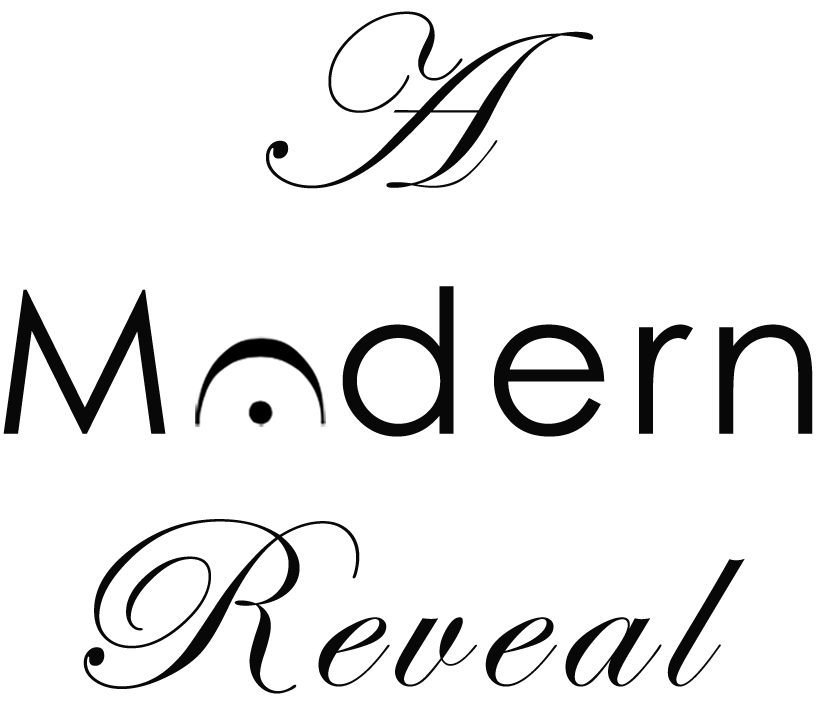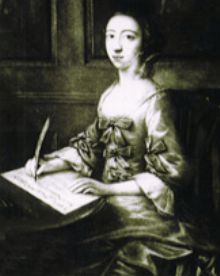Elisabetta de Gambarini
Born: September 7, 1731, London, England
Died: February 9, 1765, London, England
BIOGRAPHY MUSIC SOURCES
Elisabetta de Gambarini, in a letter from 1761, wrote she was "born in London, could speak English, French, Italian and German and had composed many pieces of music particularly an ode on his Majesty's birthday.” Her mother taught music to children of the aristocracy and her father, of Italian ancestry, was a counselor. Gambarini was best known as a mezzo-soprano, singing in the premiere performances of two Handel oratorios: Occasional Oratorio (1746) and Judas Maccabaeus (1747). She also performed in Samson and Messiah, also by Handel. As a composer, Gambarini wrote 3 volumes of lessons for the harpsichord which were printed in London and sold from her home. Lessons for the Harpsichord, Intermixed with Italian and English Songs, op. 2 was dedicated to the Prince of Wales. The year before her premature death at 34, she was credited with performing a concert of organ music that she composed herself. It is presumed that she enjoyed painting but further details of her life and career are unknown.

